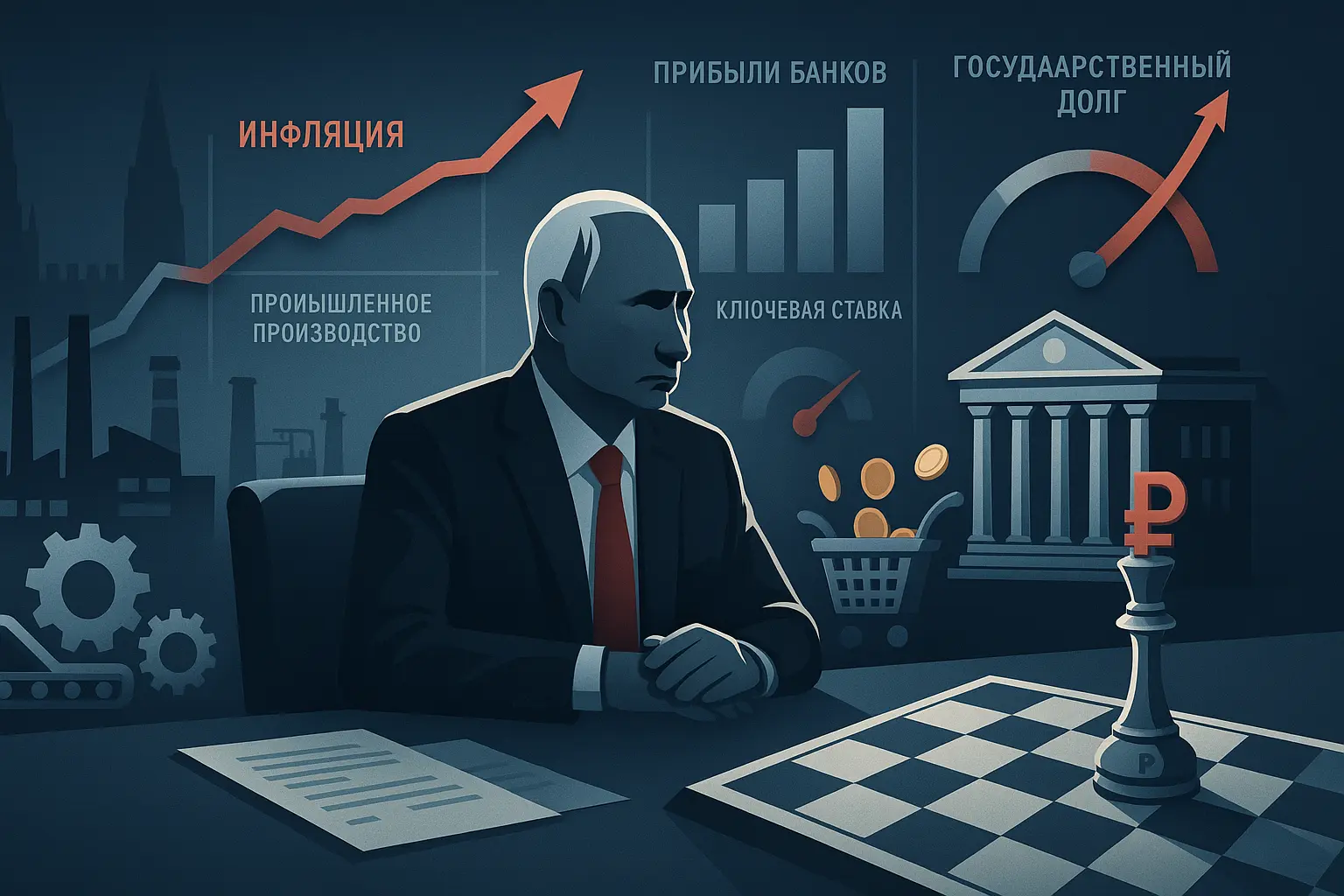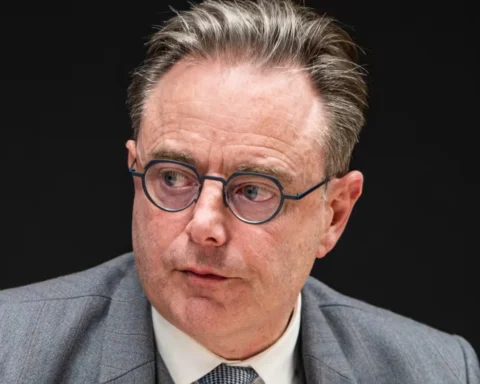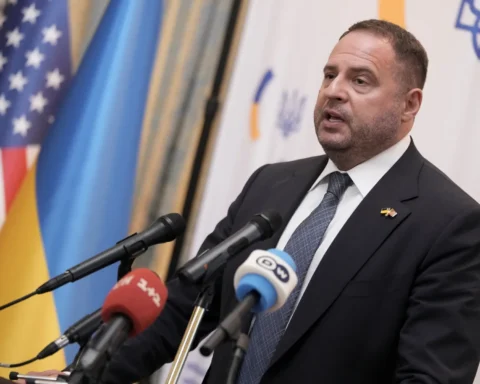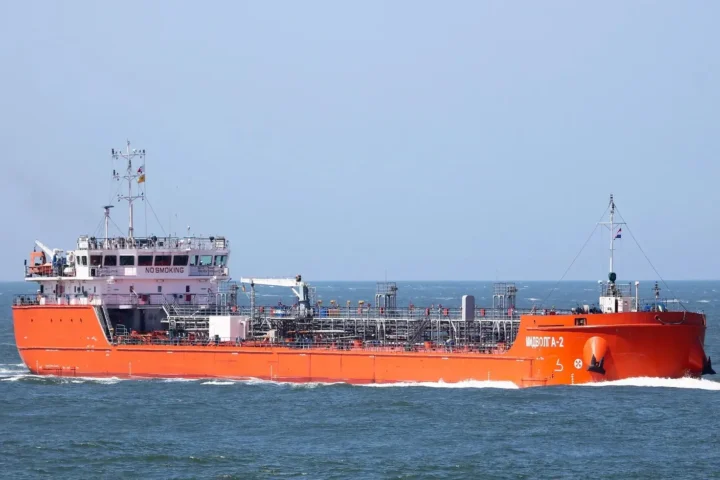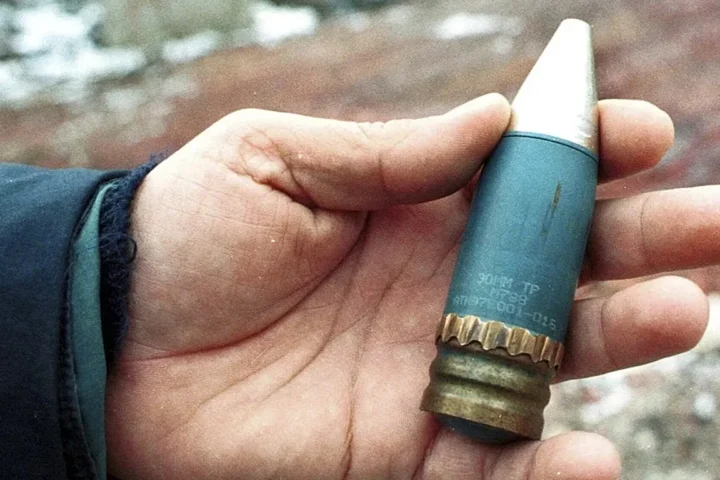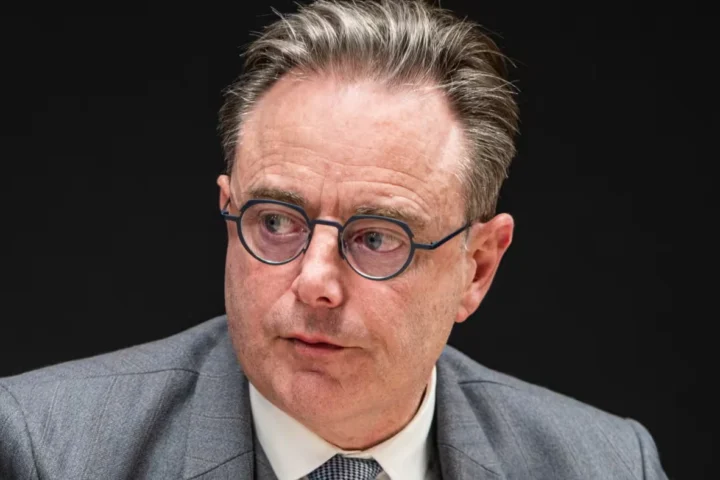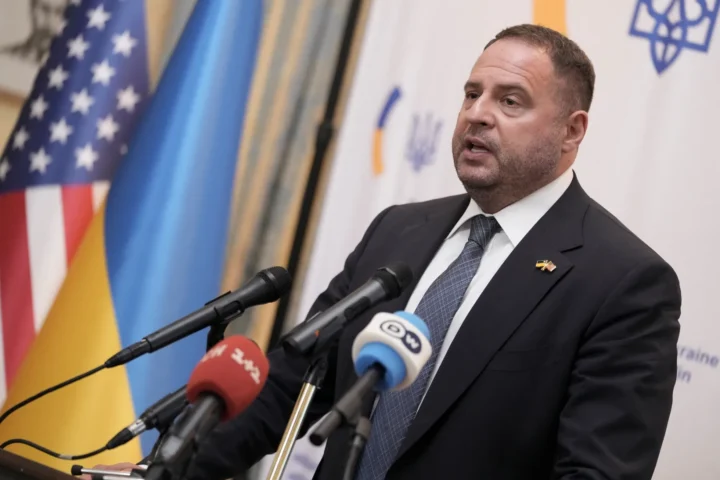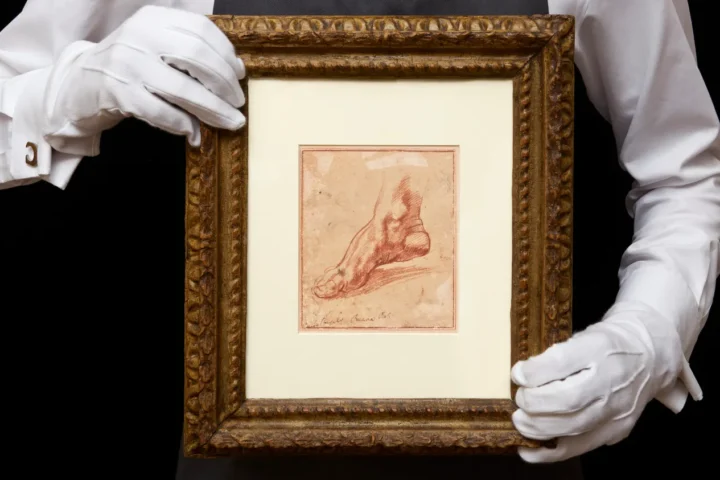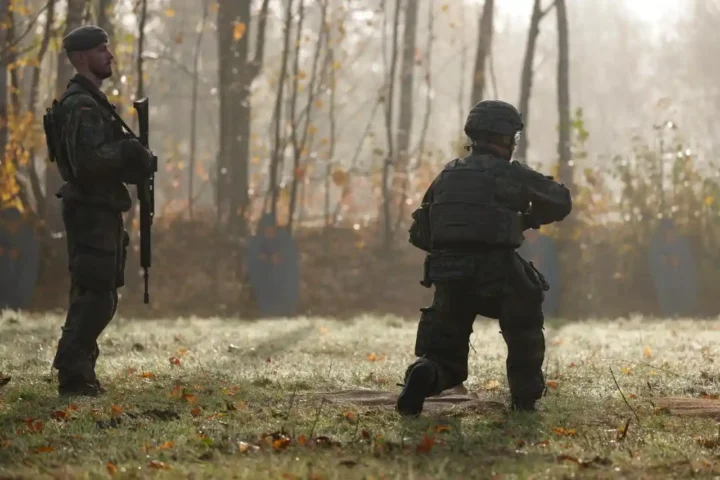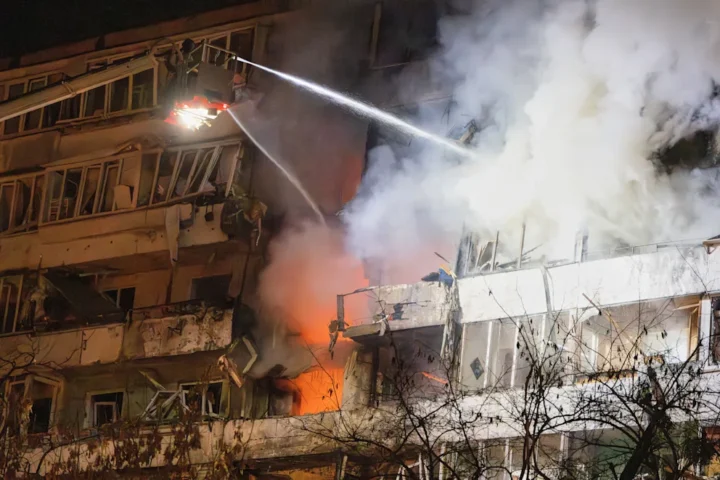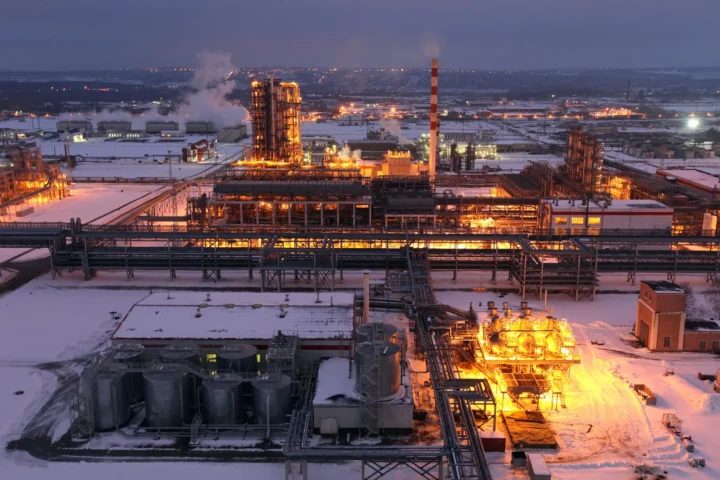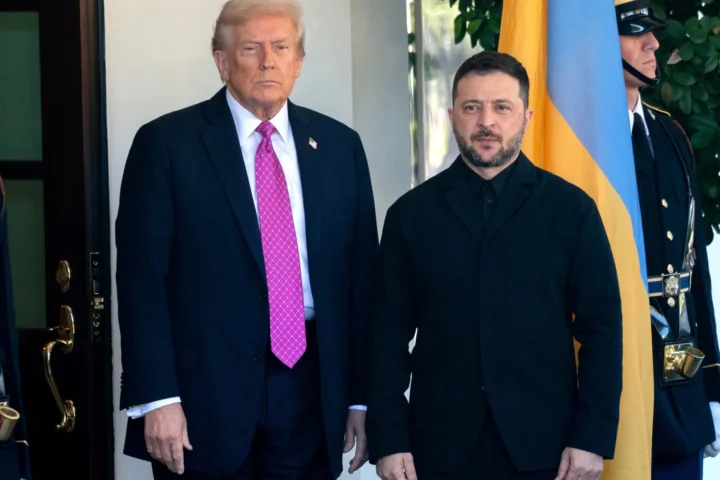Sources on Staraya Ploshchad report that, at a recent meeting with cabinet members, President Vladimir Putin forcefully raised the need to normalize monetary policy and secure industrial growth—prioritizing, beyond the defense-industrial complex, sectors oriented toward the consumer market and a technological leap.
Chronic Slowdown and Stagflation Indicators
According to assessments by the Ministry of Economic Development, the slowdown in GDP growth has turned chronic: the deceleration in July was two and a half times sharper than in June, and by December it is expected to be eleven times sharper. Industrial output growth over the first seven months is hovering near the margin of statistical error at 0.8 percent. Several industries that expanded rapidly in recent years have slid into deep recession. Taken together—and against the backdrop of price growth that is at least not easing (around 9 percent by official statistics)—this paints a classic picture of stagflation, compounded by a partial, de facto recession.
Banking Windfalls, Rising Debt—and a Policy Zugzwang
This situation is the result of a “planned cooling of the economy” that, de facto and in disregard of the law on strategic planning and the requirement to approve major adjustments through established procedures, is being carried out by the Finance Ministry and the Central Bank. For reasons unknown, the banking system was not subjected to this “cooling”; on the contrary, it has been “heated up” to an unprecedented degree. Current profit dynamics in the sector (392 billion rubles in June, 397 billion in July) point to record earnings of 4–4.2 trillion rubles in 2025. This reflects the hike in the key rate with a six-month lag, during which prices and borrowing costs were repriced across production chains.
The need to compensate strategically important industries and agriculture for higher interest expenses has driven public debt to 26.5 trillion rubles as of August 1 (funds borrowed mainly from banks), while the budget deficit reached 5.56 trillion rubles by August 8. At the same time, commercial banks are generating cash flow largely in the form of speculative profits not backed by goods and services. These funds spill into the consumer market, stoking inflation and price increases.
Finance Minister Anton Siluanov (Central Bank representatives were not present at the meeting) was unable to offer new ideas. The Central Bank and Finance Ministry’s policy of “planned cooling” has created a zugzwang in which any move within the confines of traditional liberal scholasticism produces negative consequences: continuing tight monetary policy would finish off real-sector production; the alternative—easing toward a 5–6 percent key rate—would unleash a large share of household deposits (around 70 trillion rubles) into the consumer market, accelerating inflation amid a shrinking supply of goods and services. And if a “planned” weakening of the ruble is carried out (the Finance Ministry’s favored method for balancing the budget), pricier imports (roughly 30 percent of the consumer market) would reinforce pro-inflationary pressures, with all the ensuing effects.


